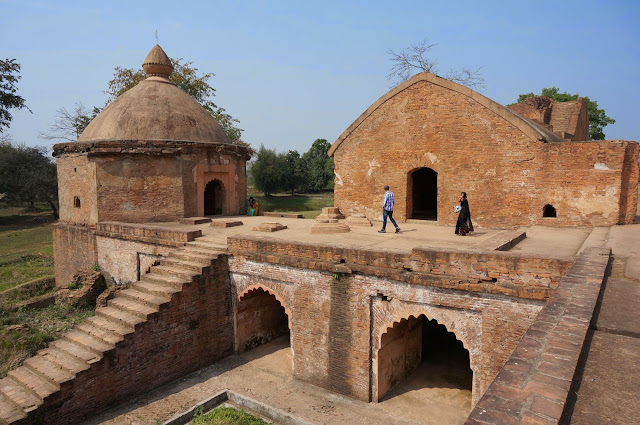RAMBAGH PALACE

RAMBAGH PALACE

The Rambagh Palace in Jaipur, Rajasthan is that the former residence of the maharajah of Jaipur and currently a edifice, set five miles (8.0 km) outside the walls of the town of Jaipur on Bhawani Singh Road. the primary building on the positioning was a garden house in-built 1835 for the wet nurse of patrician Ram Singh II.
In 1887, throughout the reign of maharajah Sawai Madho Singh, it had been born-again into a modest royal house, because the house was set within the thick of a thick forest at that point. within the early twentieth century, it had been dilated into a palace to the styles of Sir Samuel Swinton Jacob. maharaja Sawai Man Singh II created Rambagh his principal residence and additional variety of royal suites in 1931. when Bharat became freelance and also the princely states united, the Palace became the govt. House.
By the Fifties, the house felt that the maintenance of the palace and its forty seven acres (190,000 m2) of gardens was changing into terribly expensive. Therefore, in 1957 they determined to convert it into a luxury edifice. Sept 2009 it had been rated because the best edifice within the world by Conde Thomas Nast human magazine.














